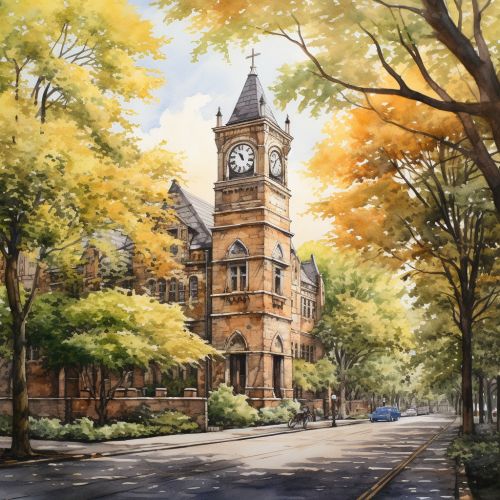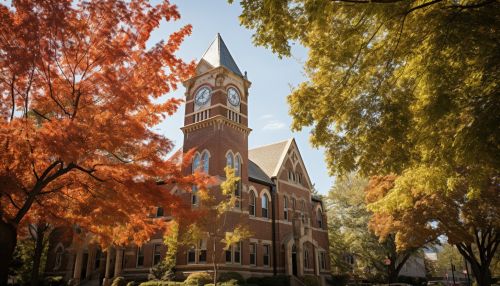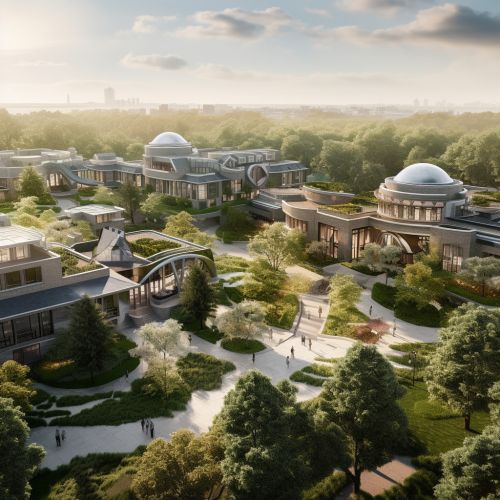Kyoto University
Overview
Kyoto University (京都大学, Kyōto daigaku), often abbreviated as Kyodai (京大, Kyōdai), is a national university located in Kyoto, Japan. Founded in 1897, it is the second oldest university in Japan and one of the former Imperial Universities. It is considered one of Asia's leading research-oriented institutions and is renowned for producing world-class researchers, including 13 Nobel Prize laureates, 2 Fields medalists, and one Gauss Prize laureate.


History
Kyoto University's history dates back to the establishment of Chemistry School and Physics School, both of which were founded in 1897 as part of the Imperial University system. The university was renamed Kyoto Imperial University (京都帝國大學, Kyōto teikoku daigaku) in 1899 when the Imperial University system was created. In the same year, the College of Science and Engineering was established. The College of Law and the College of Medicine were founded in 1899, and the College of Letters in 1906, expanding the university's offerings to four faculties.
Academics
Kyoto University is composed of ten faculties, eighteen graduate schools, thirteen research institutes, and twenty-two research and educational centers. The university offers a wide range of programs in the natural sciences, social sciences, humanities, and engineering.
Faculties
The ten faculties include: Faculty of Integrated Human Studies, Faculty of Letters, Faculty of Education, Faculty of Law, Faculty of Economics, Faculty of Science, Faculty of Medicine, Faculty of Pharmaceutical Sciences, Faculty of Engineering, and Faculty of Agriculture.
Graduate Schools
The eighteen graduate schools include: Graduate School of Letters, Graduate School of Education, Graduate School of Law, Graduate School of Economics, Graduate School of Science, Graduate School of Medicine, Graduate School of Pharmaceutical Sciences, Graduate School of Engineering, Graduate School of Agriculture, Graduate School of Human and Environmental Studies, Graduate School of Energy Science, Graduate School of Asian and African Area Studies, Graduate School of Informatics, Graduate School of Biostudies, Graduate School of Global Environmental Studies, Graduate School of Government, Graduate School of Management, and Graduate School of Advanced Integrated Studies in Human Survivability.
Research Institutes
The thirteen research institutes include: Yukawa Institute for Theoretical Physics, Research Institute for Mathematical Sciences, Institute for Chemical Research, Disaster Prevention Research Institute, Institute for Research in Humanities, Institute of Advanced Energy, Primate Research Institute, Institute of Sustainability Science, and others.
Campus
Kyoto University has three campuses: Yoshida Campus, Katsura Campus, and Uji Campus. The Yoshida Campus is the main campus, located in the former residence of the imperial family, and includes the university's central administration offices, the main library, and the majority of the faculties and graduate schools.


Notable Alumni
Kyoto University has produced numerous notable alumni, including thirteen Nobel laureates, two Fields Medalists, and one Gauss Prize laureate. Among the notable alumni are Hideki Yukawa, the first Japanese Nobel laureate, who received the Nobel Prize in Physics in 1949, and Kenzaburo Oe, who received the Nobel Prize in Literature in 1994.
